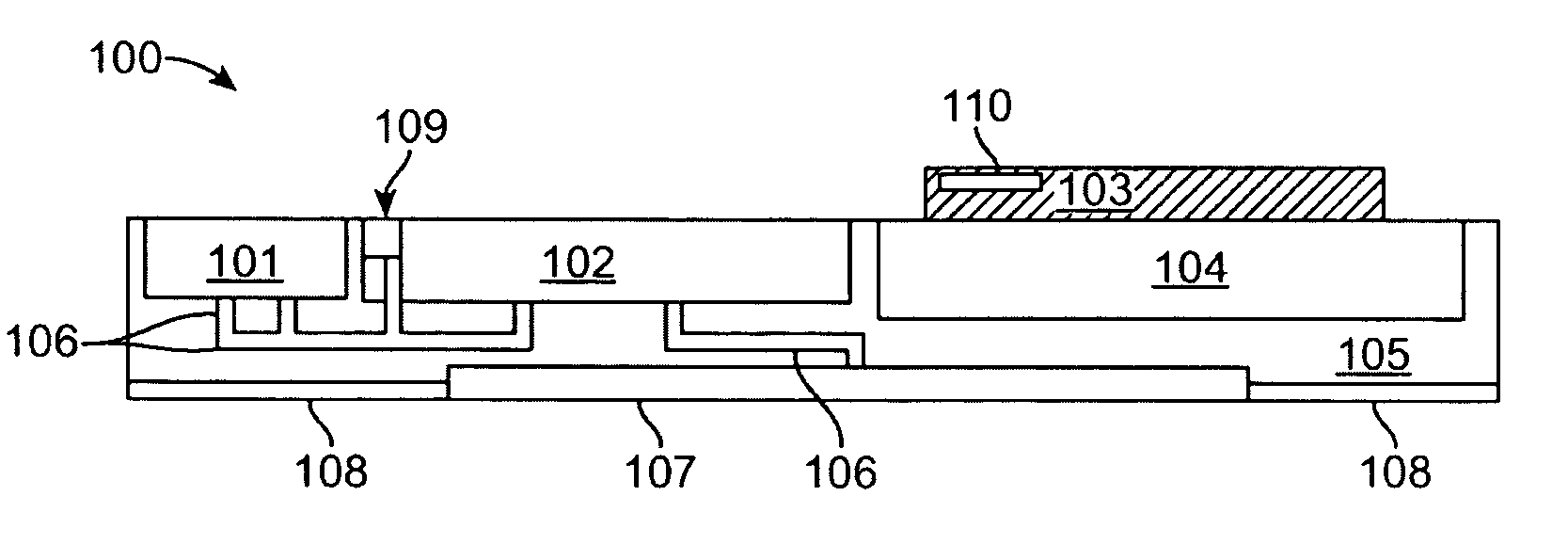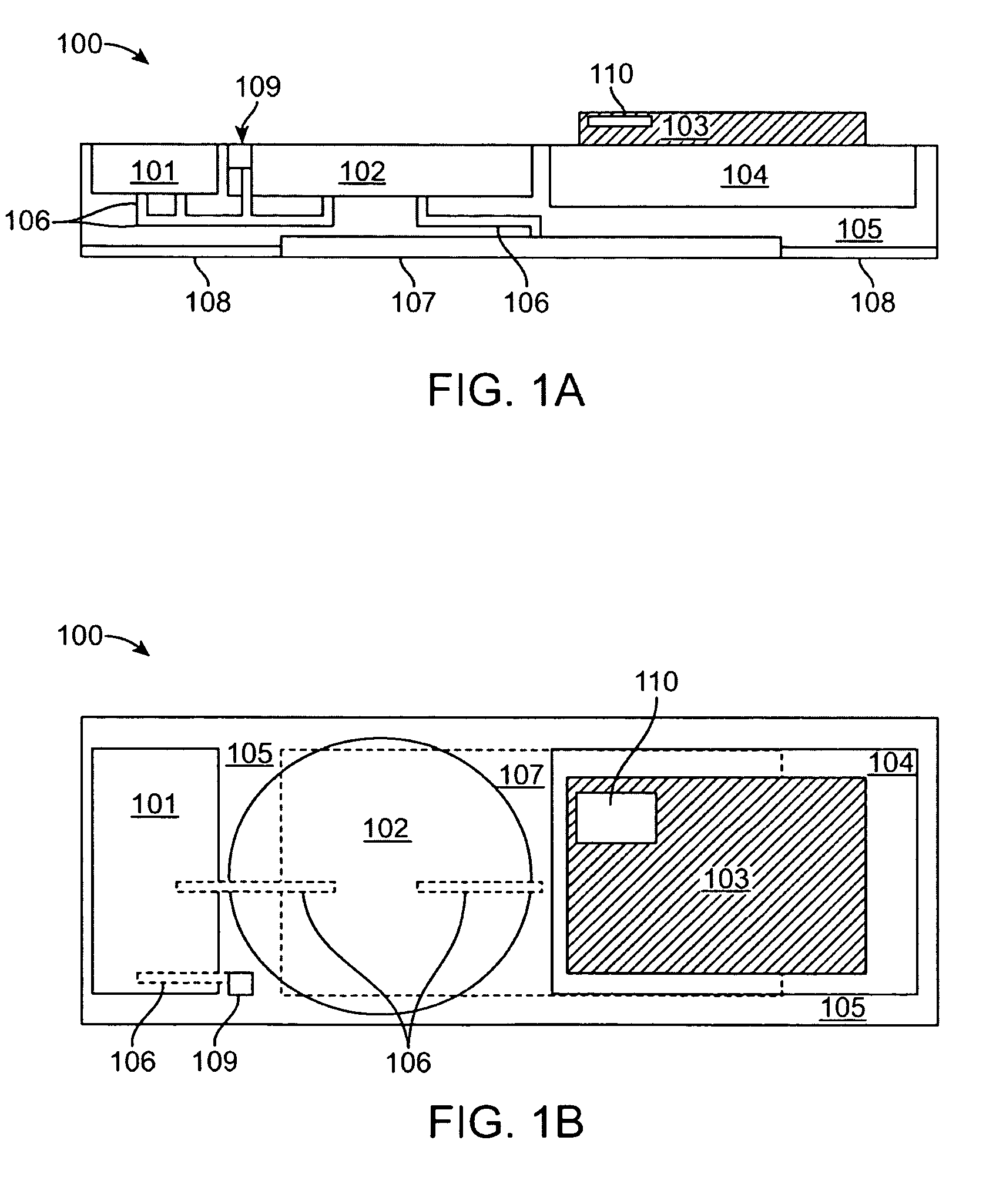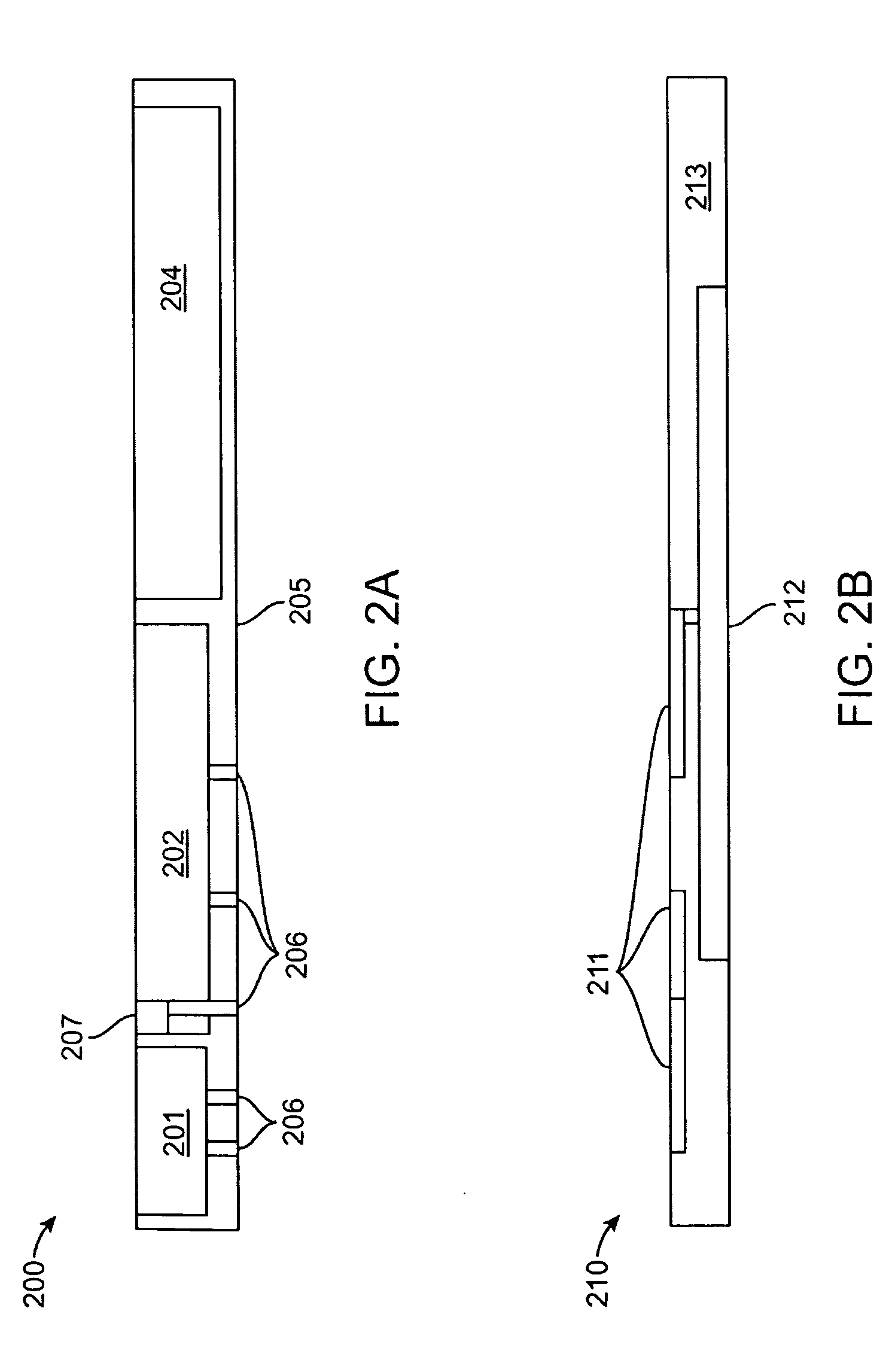Transdermal patch system
a technology of transdermal patch and patch system, which is applied in the direction of bandages, dressings, therapy, etc., can solve the problems of ineffectiveness, difficult control of infusion rate, and limited iontophoresis-based drug delivery, so as to maintain awareness and remain alert
- Summary
- Abstract
- Description
- Claims
- Application Information
AI Technical Summary
Benefits of technology
Problems solved by technology
Method used
Image
Examples
Embodiment Construction
[0032]In delivering drugs or agents into a patient body over any extended period of time, a patch or pump apparatus or system may be placed into contact upon a region of the user's skin surface and used to transport the drugs or agents transdermally via a number of mechanisms such as maintaining simple contact of the drugs or agents upon the skin surface for absorption (either with or without chemically enhanced absorption), iontophoresis where an applied electrical current or voltage drives the drugs or agents through the skin, membranes, needles, in-dwelling catheters, etc. The patch or pump may be removably adhered or placed via any number of methods directly upon the user's skin surface, e.g., along the arms, legs, hips, abdomen, etc. For example, a portion of the patch or pump or the entire apparatus may be adhered directly to the skin via a temporary adhesive layer or optionally through direct pressure utilizing a strap or band. Alternatively, the patch or pump may be held or ...
PUM
 Login to View More
Login to View More Abstract
Description
Claims
Application Information
 Login to View More
Login to View More - R&D
- Intellectual Property
- Life Sciences
- Materials
- Tech Scout
- Unparalleled Data Quality
- Higher Quality Content
- 60% Fewer Hallucinations
Browse by: Latest US Patents, China's latest patents, Technical Efficacy Thesaurus, Application Domain, Technology Topic, Popular Technical Reports.
© 2025 PatSnap. All rights reserved.Legal|Privacy policy|Modern Slavery Act Transparency Statement|Sitemap|About US| Contact US: help@patsnap.com



